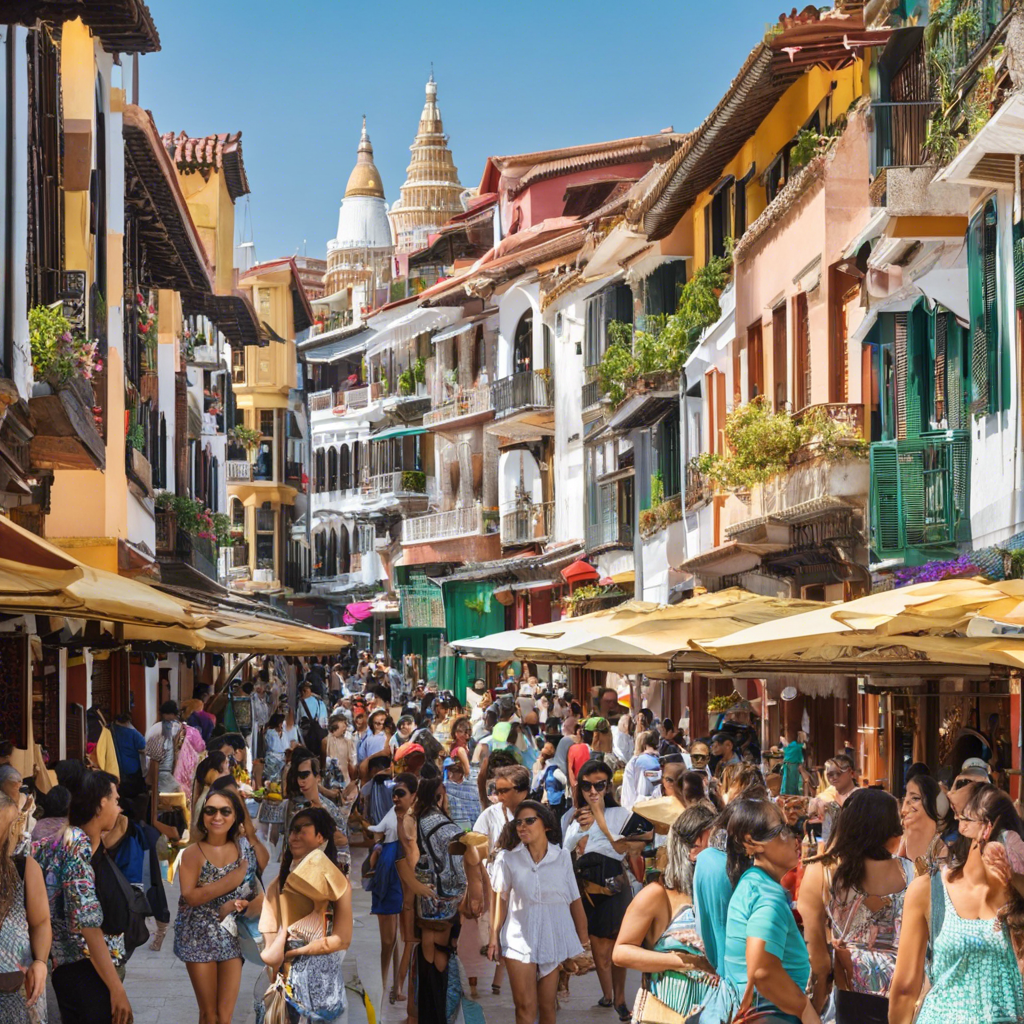The peak travel season is upon us, and this year promises to be busier than ever. With COVID-19 restrictions largely lifted worldwide, pent-up demand for travel has led to a surge in bookings and higher prices across the industry. This summer is expected to be the busiest season yet for tourism, with popular destinations bracing for an influx of visitors. So, where are people heading, and what can travelers expect in terms of costs and crowds?
North America’s national parks are always a popular choice for summer vacations, and this year is no exception. Parks like Yellowstone, Grand Canyon, and Yosemite offer breathtaking natural wonders and a chance to explore the great outdoors. However, with their limited infrastructure and delicate ecosystems, these parks can quickly become overwhelmed by visitors. To manage the crowds, some parks have implemented reservation systems or timed entry, which can help control traffic but also mean that visitors need to plan well in advance to secure their spot.
Beach destinations are also in high demand this season, with travelers seeking sun, sea, and sand after being cooped up for the past few years. Caribbean islands like the Bahamas and Aruba are reporting strong bookings, with resorts and hotels filling up fast. Europe’s coastal hotspots are also back in favor, with the Amalfi Coast, the Greek islands, and the Spanish costas luring sun-seekers. These popular destinations are experiencing a rebound in tourism, leading to higher prices and competition for accommodations.
City breaks are making a comeback, too, as cultural attractions and urban adventures beckon travelers. Cities like Paris, London, and Rome, which relied heavily on international tourism pre-pandemic, are now seeing a resurgence in visitor numbers. This increase in demand has driven up prices for flights and accommodations, with some popular city-center hotels commanding premium rates. Additionally, after a two-year hiatus, festival and event tourism are picking up again, with music festivals, sports events, and cultural celebrations enticing travelers to book trips around these unique experiences.
To accommodate the surge in travel, airlines have increased flight frequencies and introduced new routes, though staff shortages and operational challenges have led to higher airfares. Accommodation prices have also risen, with hotels, vacation rentals, and camping sites able to demand higher rates during this peak period. Rental car prices have skyrocketed as well, with limited availability in some destinations, a lingering effect of the pandemic’s impact on the car rental industry.
So, what does this mean for travelers? Those planning trips this busy season should book well in advance to secure their preferred options and take advantage of any early bird discounts. Being flexible with travel dates and considering shoulder season trips can help alleviate the pressure of peak prices. Additionally, travelers should be prepared for crowds and, where possible, try to explore lesser-known destinations or hidden gems that offer similar attractions but with fewer tourists.
While the busy season brings challenges, it also signifies a positive step forward for the travel industry’s recovery. Destinations and businesses are adapting to meet the demand, and travelers are eager to explore again. With careful planning and a sense of adventure, travelers can still have memorable trips this season, creating new memories and experiences despite the crowds and higher prices. Until the peak season passes, travelers can look forward to taking advantage of increased options and enjoying the world’s diverse destinations.
(This article provides an overview of the busy tourism season, offering insights into popular destinations and the factors driving higher prices. It encourages readers to plan ahead and consider alternative options to navigate the challenges of peak-season travel.)
